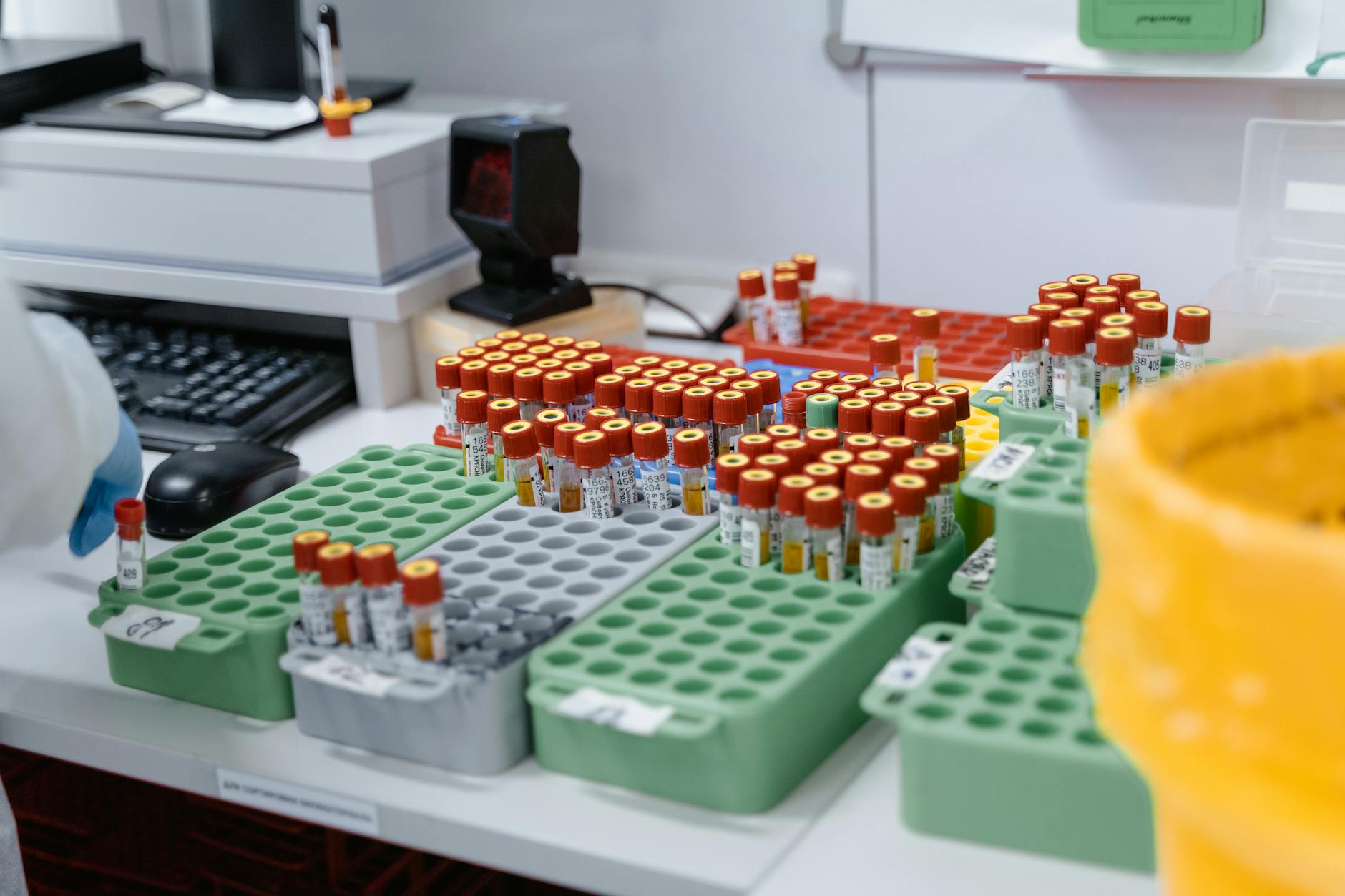
You don’t always feel sick—but your blood can say otherwise
Sometimes you feel fine. Not perfect, but functional. You go to work. You show up. You ignore the little signs. The bruises. The light-headedness. The long-lasting colds. You tell yourself you’re tired, not ill. But when someone looks closely—really looks—they find something. Something quiet but constant. Something in your blood.
And suddenly, fine doesn’t feel so certain anymore.
It starts with fatigue that doesn’t leave—even after rest
Anemia isn’t dramatic. It doesn’t shout. But it lingers. It makes stairs feel longer. It makes mornings heavier. You eat well. You sleep. You hydrate. Still, your limbs feel slow. Your chest tightens after small effort. You yawn through full nights of sleep. The iron is low. Or the red cells aren’t enough. The oxygen doesn’t move like it should.
And your body starts moving differently to compensate.
You bruise easily, even when you don’t remember why
You wake up with a mark on your arm. Or leg. Or side. You didn’t bump anything. You didn’t fall. But your skin tells a different story. This is often how platelet disorders start. Not with blood tests. But with mirrors. Purple, yellow, fading, reappearing. Your blood clots slower. Weaker. Sometimes not at all. And a small scrape becomes a long pause. A cut takes longer to stop.
You start avoiding things you used to do without thought.
Your blood moves too fast—or not fast enough
Some people clot too slowly. Others, too quickly. A clot in the wrong place can change everything. In the leg. In the lung. In the brain. Thrombophilia is the word doctors use when blood becomes overconfident. It blocks. It interrupts. It travels where it shouldn’t. You don’t always feel it coming. But once it arrives, it demands your full attention.
And sometimes, it leaves behind a different version of you.
Some disorders hide inside the marrow
Leukemia. Lymphoma. Myeloma. They don’t start on the skin. Or the breath. They begin where blood is made. In bone. In silence. The body starts producing too many of something—or too few. The balance breaks. The immune system forgets its own rules. You don’t notice it at first. Just tiredness. Maybe swelling. Maybe infections that don’t let go. But your blood shows it. And a hematologist reads what others missed.
They see the shape of the story beneath the numbers.
You catch colds more often—and they stay longer than they should
Your immune system isn’t weak—it’s confused. White blood cells are part of that defense. When they’re low, your body still tries to fight. But it struggles. A fever lasts longer. A cough doesn’t leave. You think it’s just a virus. But it keeps returning. And then you wonder—why now? Why again? Blood disorders involving white cells don’t always come with clear warnings. They build over time. They wait.
Until someone pays attention.
Your skin changes before your blood work does
Paleness. Yellowing. Dryness. Rashes. It’s all connected. Your skin is a mirror of your inner chemistry. It’s not about appearance—it’s about function. Jaundice, linked to red cell breakdown. Rashes, connected to clotting issues. A warmth in the face, or coldness in the hands, could say more than you think. When your blood stops moving right, your skin starts talking.
And if you’re listening closely, it’s trying to help you understand.
Some disorders are inherited—but not always diagnosed
Your mother was always cold. Your uncle was always tired. Your sister bruises like paper. No one said anything. It was just “how we are.” But maybe it wasn’t. Maybe it was a pattern. Hemophilia. Sickle cell. Thalassemia. These conditions run through bloodlines, through generations. They carry symptoms mistaken for habits. But once diagnosed, they change how you live. And how you care for the ones who come after you.
Because knowing is protection. And silence is not always safety.
Treatment isn’t always a cure—but it brings back balance
There may not be a single fix. But there’s relief. There’s understanding. There’s something in being seen. Iron infusions. Platelet therapy. Anticoagulants. Immunosuppressants. Bone marrow transplant. Every option depends on the condition, the person, the moment. Some treatments are temporary. Others are forever. But all of them begin with paying attention to what your blood has been trying to say.
And choosing to answer.
